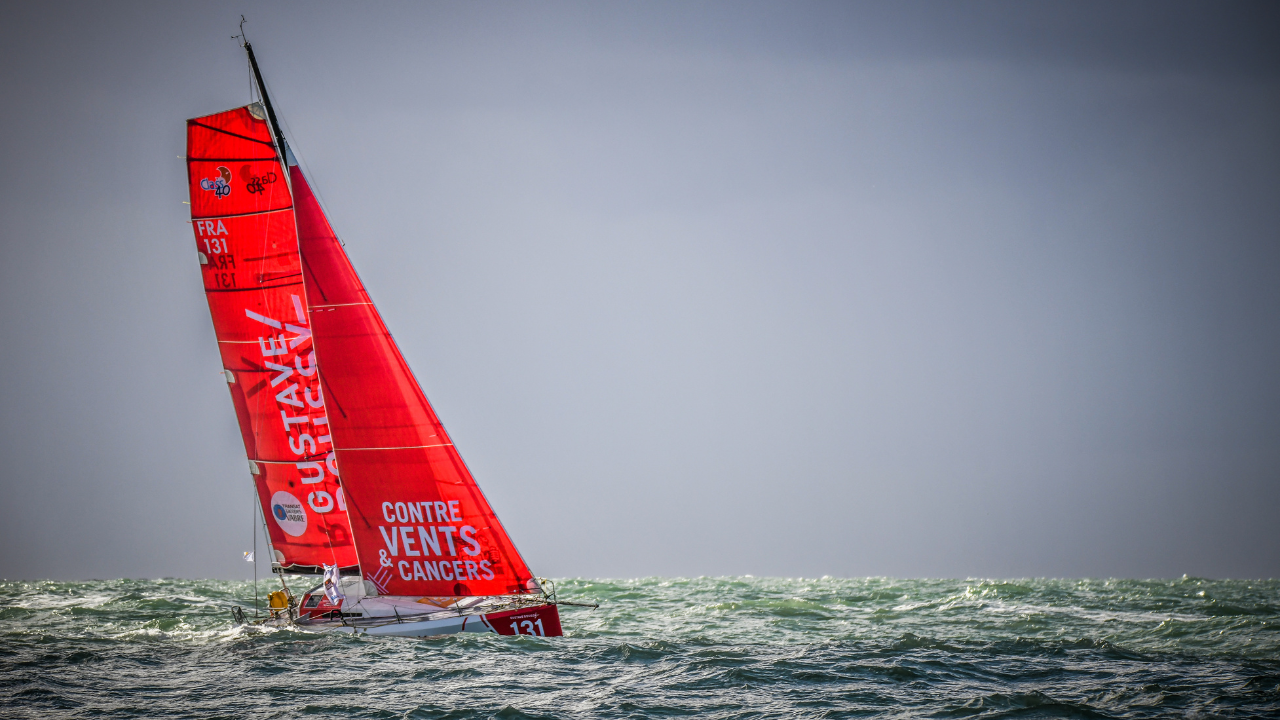The Vendée Globe and UNESCO Unite to Protect the Ocean
On the occasion of the largest solo, non-stop round-the-world sailing race, UNESCO will provide special equipment to select skippers of the Vendée Globe.
At 13:02 on November 10, 2024, 40 skippers from around the world will compete to see who can complete a circumnavigation in the fastest time. The record to beat for the Vendée Globe? 74 days, 3 hours, 35 minutes, and 46 seconds, held by Armel Le Cléac’h since 2016.
However, this 2024 edition of the Vendée Globe will be unique. This year, the competition has partnered with UNESCO for a noble cause: to protect the ocean.
What Will the Joint Mission of UNESCO and the Vendée Globe Involve?
Not all skippers of the Vendée Globe will be involved. In fact, only 25 of them, on a voluntary basis, will participate. From their respective vessels, they will not have the mission to advocate for the ocean directly, primarily because it is physically impossible. Secondly, the race, which will test them against the elements, will demand much of their attention and focus. However, they will be able to contribute intermittently.
The Vendée Globe and UNESCO will enable 25 skippers to carry scientific equipment aimed at “advancing oceanographic research and weather forecasting models,” as stated in the joint press release from both organizations.
The Vendée Globe announcement specifies the equipment involved:
- Surface buoys
- Weather stations
- Autonomous subsurface profiling floats (Argo devices that measure pressure, temperature, and salinity of seawater)
- Educational buoys
- Thermosalinographs (instruments for continuous measurement of salinity and temperature at the ocean surface)
This equipment will collect data throughout the race to support the GOOS, or the Global Ocean Observing System.
What Areas Will Be Studied?
Today, thanks to satellite data and current instruments installed around the world, we have a general understanding of the ocean’s health. However, despite this knowledge, there are still some gaps on the map.
Thus, through the Vendée Globe, GOOS will gather crucial information about the ocean’s health in a region known as the Southern Ocean. Considered a maritime desert, the conditions there are extreme, and few are willing or able to venture there unscathed.
A nightmare for some, yet a source of fascination for others, the Southern Ocean is a critical passage in the Vendée Globe, bridging the Pacific and Indian Oceans. It is regarded as a maritime desert simply because the closest « land » to sailors is the boat they are on; the rest is just turbulent saltwater.
Introduction to the Equipment Less Than a Month Before the Competition Begins
To allow time to familiarize themselves with the instruments added to their vessels, Vendée Globe skippers will receive their equipment on October 22, 2024, three weeks before the grand departure.
With the expert guidance of CNES, Ifremer, Météo France, and OCEANOPS, as well as their training, skippers will learn how to use the equipment and when to deploy it.
This 2024 edition, which will serve as a real-world test during the competition, will see the voluntary basis fade away by 2028. Indeed, “in accordance with the commitments made by the Vendée Globe to UNESCO, the onboarding of these instruments will become mandatory for all competitors in the race rules starting from the 2028 edition,” concludes the press release.
source: science-et-vie



